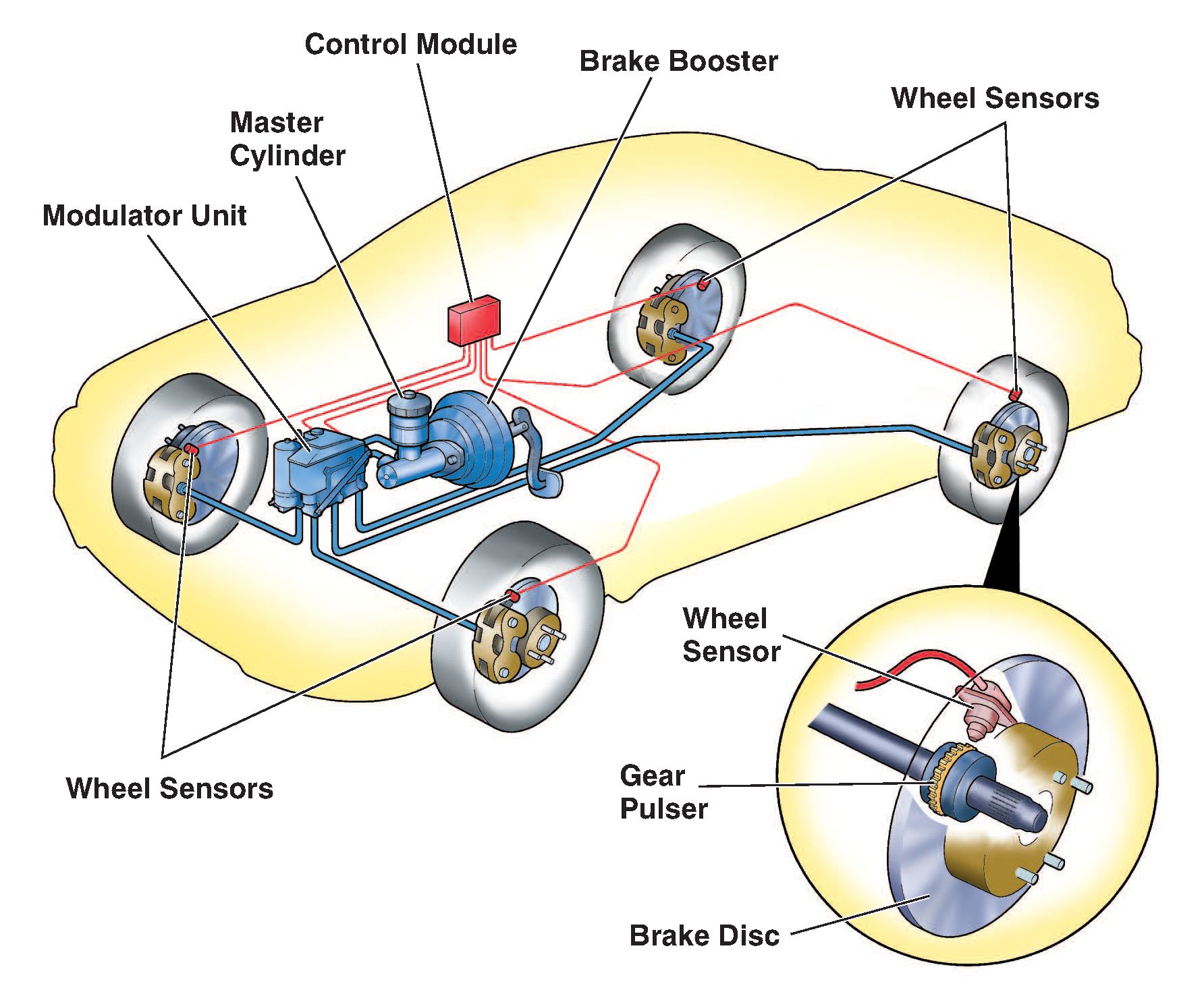
QMotor Mobile App
Find it on the App Store.


Car braking systems are available in different types of vehicles. Braking systems are designed to maintain safety for both drivers and passengers. These systems come in about six types, and each system works in a different mechanical way. Today, we will talk about EBD system and how does it work.
EBD, Electronic Brake-force Distribution, automatically regulates the distribution of braking power between the vehicle wheels based on mathematical equations, making performance better at braking distance and brake stability.
EBD is very effective for vehicle safety, designed to make braking as effective as possible. The EBD reduces the stopping distance and collision risk by automatically balancing the brake power applied to each wheel according to the overall weight distribution of the vehicle, Customize more power for brake wheels that need greater braking power.
Read more: How does car braking system work?
Steering wheel angle sensor
EBD makes use of the data from the speed sensors to know if all the wheels are rotating at the same speed. This system is also capable of comparing the data from a yaw sensor and the steering wheel angle sensor to find out if the vehicle is under or over steering. Then the data are processed by the ECU of the braking system to find the load on each of the wheels of the vehicle.
Further reading: How to Unlock your Car without Keys!
The EBD system distributes the brake power on each wheel of the vehicle based on the speed of the vehicle and the condition of the road as well as the load of the vehicle in order to prevent the car drift and stop the car when it is necessary.
Read more: How to deal with nail in car tire?
Sell your used caror buy a carin Qmotor.

The Q Motor team has included some valuable tips for you which will help you pass your driving...

The engine is the most important part of the car at all, and it includes
.jpg)
Names are a large and wide world with many meanings. Our awareness of the things around us...

This guide contains a definition of traffic violations, traffic points system, classification of...
Comments